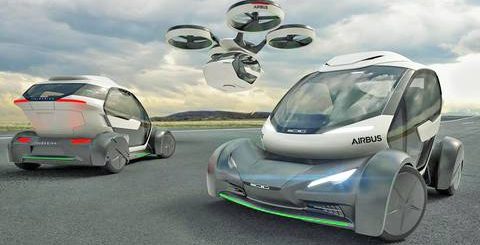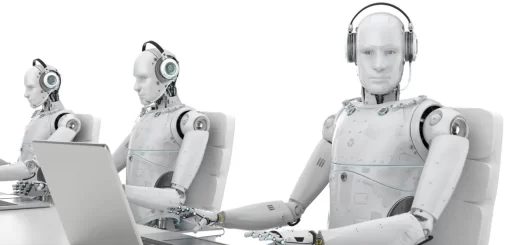Trends on Paro robots, Paro robot advantages, disadvantages and features
Paro robot looks like a baby harp seal. It is covered in soft artificial fur and has large, expressive eyes. It can respond to touch, sound, and light. It can learn and remember names, including its own. It has many therapeutic benefits, including reducing stress, anxiety, and depression.
PARO robots
Paro is a therapeutic robot designed to provide companionship and emotional support to people with dementia and other conditions. It is effective in reducing stress, anxiety, and depression, and in improving social interaction and quality of life. Socially assistive robots like Paro are poised to play a growing role in healthcare and well-being. Future iterations may become more customized and adaptive to individual needs.
Advantages of PARO robots
Interacting with PARO robots helps to reduce stress and anxiety in people with a variety of conditions, including dementia, Alzheimer’s disease, autism, and depression. They can encourage social interaction and communication in people who are withdrawn or isolated. They can promote a positive mood and quality of life for people in care settings.
PARO robots can provide therapy for people with various conditions, such as physical therapy, speech therapy, and occupational therapy. They can educate children about a variety of topics, and they can provide entertainment for people of all ages.
Paro robots can provide companionship for people who are lonely or isolated. They help people with autism learn social skills. They can improve sleep quality in people with a variety of conditions. They help to reduce pain in people with chronic pain conditions.
Disadvantages of PARO robots
PARO robots are very expensive, which can make them inaccessible to many people, and not all insurance companies will cover the cost of their use. PARO robots require training to use them effectively, and not all caregivers are trained to use them. PARO robots may not be appropriate for everyone, and some people may find them to be unsettling or creepy.
PARO robots are delicate and can be easily damaged if they are not handled with care. They may not be durable enough for use in institutional settings, such as hospitals and nursing homes. They could decrease the number of human caregivers needed. the robots can perform some of the same tasks as human caregivers, such as providing companionship and emotional support.
Paro robots could increase the risk of infection. They can come into contact with people’s hands and faces, which could spread germs, and they must be cleaned and disinfected regularly. Paro robots could be dehumanizing. They argue that robots could make people with dementia feel less like real people and more like objects. Staff must be trained on how to use Paro robots correctly. Some people may be resistant to using Paro robots, and they may not be appropriate for all people.
Trends on Paro robots
Paro robots are used in hospitals, nursing homes, assisted living facilities, and individual homes to provide companionship, reduce stress and anxiety, and improve social engagement for patients. Paro robots can help children with autism learn social skills and provide therapy for people with post-traumatic stress disorder.
Paro robots are more popular with the general public, there is a growing demand for them. Paro robots become more widely available, and the cost of using them is decreasing. This will make them more accessible to people who need them.
Paro robots become more personalized, with the ability to learn the preferences of individual users. This will make them more effective in providing companionship and therapy. Paro robots are integrated with other technologies, such as virtual reality and wearables. This will allow them to provide more comprehensive care.
Paro, the cuddly therapeutic robot seal, continues to make waves in the healthcare and social care sectors. While initially designed for dementia care, Paro is increasingly used for a wider range of applications, including:
- Mental health: Depression, anxiety, and PTSD.
- Developmental disorders: Autism spectrum disorder and intellectual disabilities.
- Physical rehabilitation: Stroke and brain injury recovery.
- Pain management: Chronic pain and palliative care.
Paro is constantly being refined, with sensors, artificial intelligence, and interactive capabilities upgrades. Future iterations may include features like voice recognition and personalized responses.
Like any social robot, Paro raises ethical questions around potential emotional attachment, deception, and privacy concerns. Despite its benefits, cost remains a primary hurdle for wider adoption. Efforts are underway to explore cost-sharing models and develop more affordable alternatives.
You can follow Science online on YouTube from this link: Science online
Loona robot review, advantages, disadvantages and what can Loona do?
Sophia robot review, features, use, advantages and disadvantages
Educational robotics, Robot teachers, Social robots review, features advantages & drawbacks
Humanoid robots uses, risks, advantages and disadvantages




